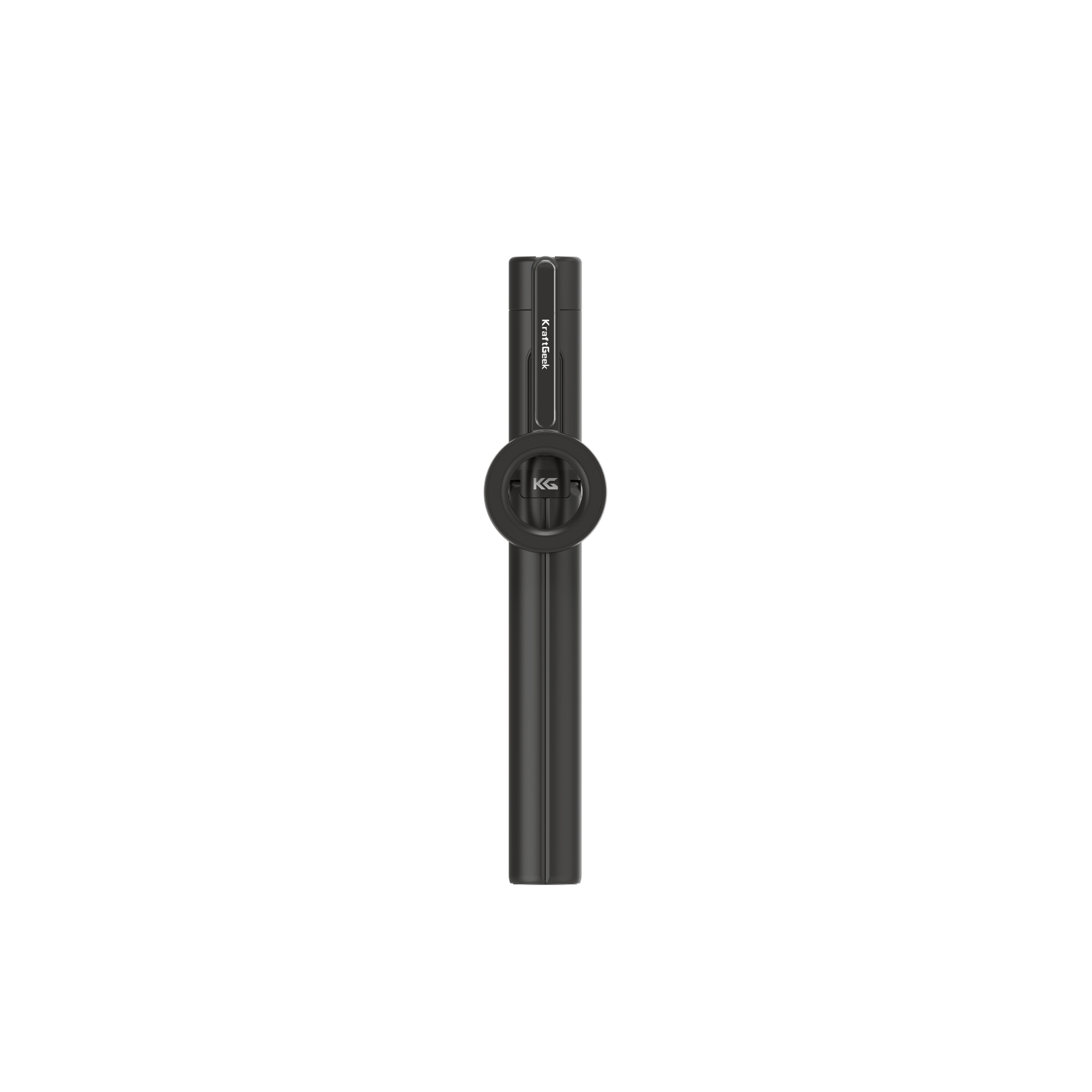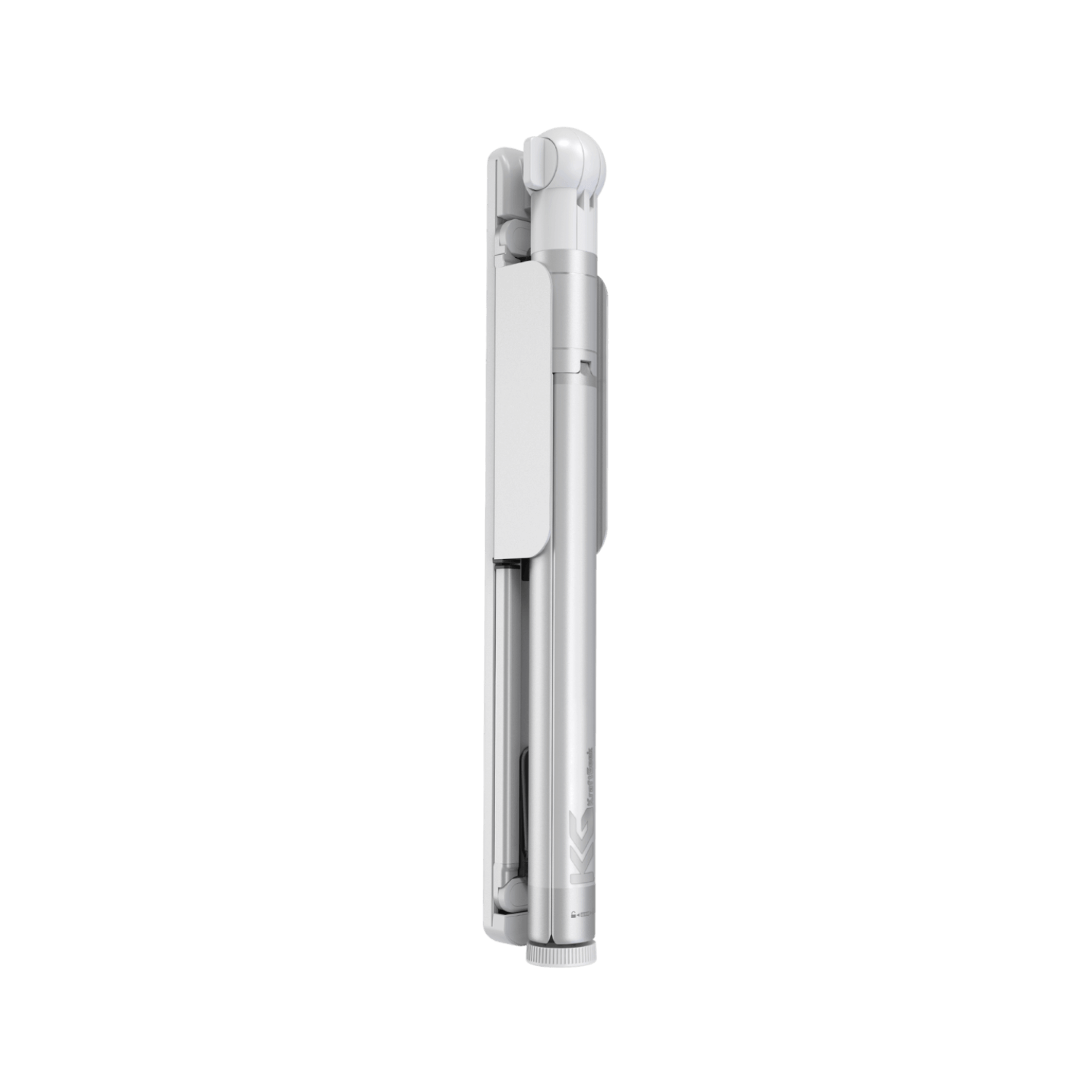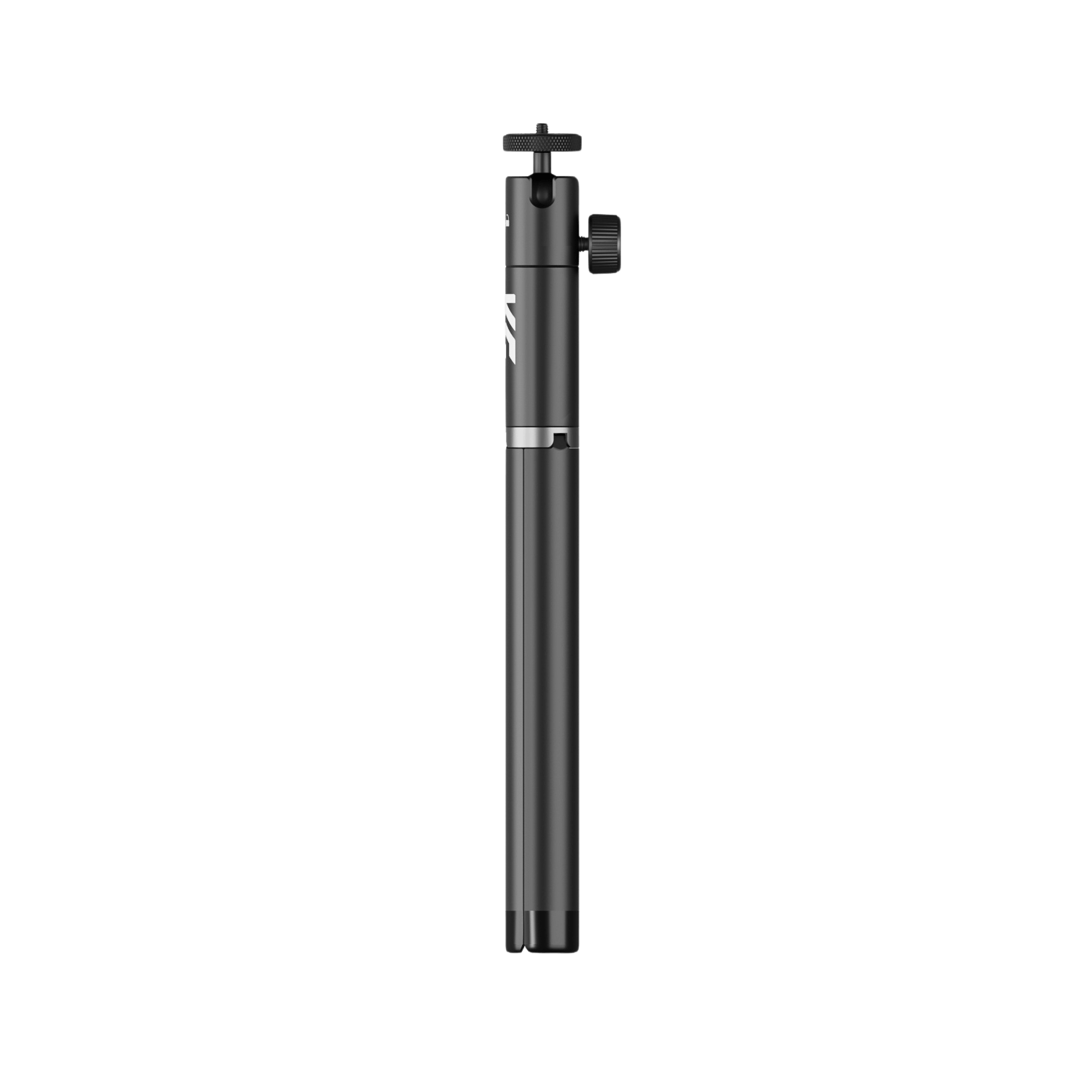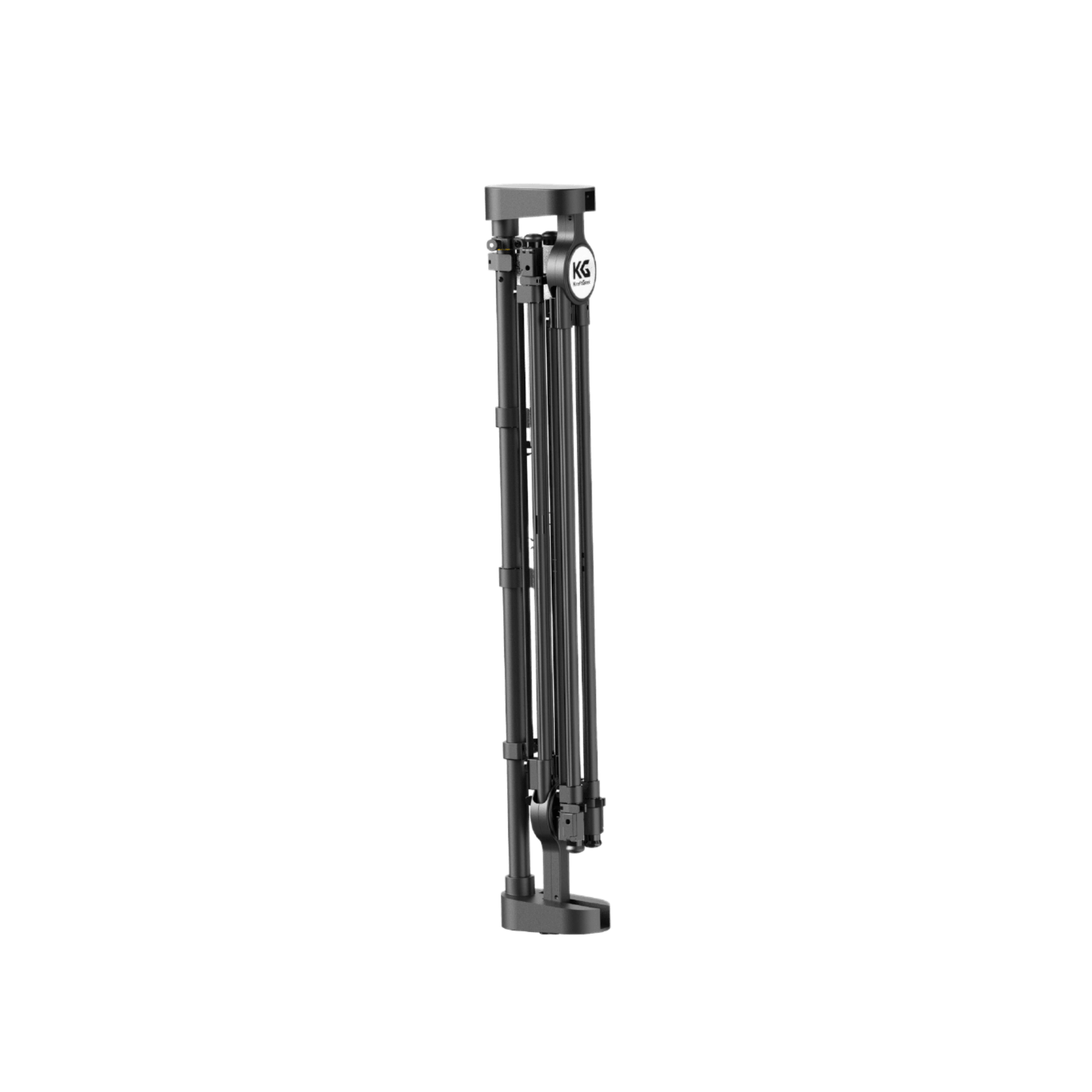Your very first guitar is the first step that opens up the doors for the world of many discoveries, inspiring, and playing music. While there are various types of guitars like the acoustics, the electrics, and everything in between, choosing a beginner’s guitar becomes a bit unusual.
This blog is a simple guide to choosing your first guitar, providing you with relevant information and effective tips for you to make the right decision for your taste. Whether the rhythm of an electric or the soft melodies of acoustic you desire, the instrument will be yours to master and to be free with and a fitting one in both sound and your hands.
What Are Acoustic Guitars?
Acoustic guitars are well-known for their clear and classic sound and suitability, hence their preference among beginner and professional players. A guitar of this type can even be played acoustically, which means that it does not require an amplifier.

Acoustic guitars have the ability to be portable and easy to use among the pros. You can have them with you and begin to use them at once without any preliminary equipment. The acoustic guitar is the best precisely for genres like folk, country, blues, and singer-songwriter because it creates magnificent warm, and almost sensual sounds.
Also, acoustic guitars have some points that must not be neglected as well. This is due to the fact that they are bigger in size and have thicker strings, hence they are more difficult to play, especially by the younger players or people with relatively small hands. Besides, acoustic guitars often require some additional hardware, like pickups or microphones, to increase the volume for stage or recording performance.
Advantages:
- Classic sound and versatility
- Portability and ease of use
- Warm, rich tones suitable for various genres
- No need for amplification for casual playing
Disadvantages:
- Larger size and thicker strings can be challenging for beginners
- May require additional equipment for amplification in performance settings
- Limited range of tones compared to electric guitars
What Are Electric Guitars?
Electric guitars have brought change to the music industry with the uniqueness of the sounds and tones they render, hence, they are the most preferable choice for modern musicians. These are amplified guitars that produce the sound electronically giving the players the chance to experiment with effects and styles.
The electric guitars are very flexible and suitable for genres that vary from rock and metal to jazz, blues, and pop music. They usually prove to have a thinner neck and light-weight strings forming them to be easily playable by beginners, especially people having smaller hands.

Electric guitars may be versatile and playable instruments but they still present their own sets of concerns. They are to be paired with extra devices like amplifiers and cables to reach their maximum potential. Extra gear is thus involved in the process, which makes the overall cost even higher.
Advantages:
- Versatile sound and tone options
- Thin necks and light strings make them easier to play
- Wide range of genres, from rock to jazz to pop
- Ability to experiment with effects and amplification
Disadvantages:
- Requires additional equipment for full sound (amplifiers, cables)
- Less portable than acoustic guitars without amplification
- Potential for maintenance and upkeep due to electronics and hardware
Factors to Consider When Choosing Your First Guitar
When choosing the first guitar, many things come into evaluation to ensure you pick the instrument with your preferred sounds as well as the instrument that suits your physique and playing style.
1. Musical Preferences
Think about your favorite genres and artists as well as the type of sound that you want to mix. Do you feel particularly attracted to the acoustic warmth of folk and country music or the electric enthusiasm of rock and blues? Having a grasp of the sonic aspects of different styles of guitars will impact the choice you make.
Considering the music is acoustically driven, an acoustic guitar is probably just what you need to get that organic, rich tone you get in folk, country, or singer-songwriter music. On the other side, if you're charmed by the electric power of rock, metal, or jazz, an electric guitar may be what you need if your musical interests lie that way, it offers versatility and the ability to play around with various effects and tones.
2. Size and Fit
The size of the guitar might play a crucial role in playability, especially for younger or smaller players. The selection of a guitar that lays comfortably in your hands and has easy fretboard access is important.
Age-based recommendations provide a good basis for selecting the right size of the guitar but individual tastes and personal attributes should also be taken into account. Here's a general sizing chart based on age ranges:
- Ages 5-7: Half-sized guitars (about 86-91 cm) are the most suitable for this age group. These guitars are equipped with smaller bodies and narrower necks that facilitate fretting and handling.
- Ages 7-10: ¾ size guitars (about 36-39 inches total length) may be used by children transitioning to slightly larger instruments. These guitars provide a compromise between playability and size as they can be used by growing hands with longer reach.
- Ages 11 and up: Full-size guitars (40 to 42 inches in total length) are recommended for teenagers and adults since there will be enough space for comfortable placement of fingers and fretting. These guitars provide the standard measurements and scale lengths of professional-level instruments.
3. Budget
Choose the amount of money that you will use on your first guitar. It sounds very good to get the cheapest option but you should invest in a higher-grade instrument as its sound and playability are better.
4. Tuning Stability and Neck Straightness
Before buying it, inspect the instrument carefully to make sure it stays in tune and has a proper intonation throughout the neck. Play a few chords and single notes and watch for any tuning issues or pitch fluctuations. A guitar with reliable tuning stability will facilitate smoother practice sessions and enjoyable playing experiences.
Additionally, assess the neck's straightness by visually inspecting it from various angles. A straight neck is essential for proper string alignment and fretting accuracy. Check for any signs of bowing or twisting, as these issues can affect playability and intonation.
5. Brand Reputation
Research some of the most well-known guitar brands that have a reputation for high-quality craftsmanship and dependable instruments. Many established brands already have a history of producing guitars that last for years.
6. String Action and Playability
A guitar with very high string action may produce notes that can only be touched by strong pressure of the fingers. This can lead to hand fatigue and frustrated beginners. On the other hand, a guitar with a lower string action will give you a much smoother fretting experience and will help you to switch chords rapidly and also play fingerstyle techniques with ease.
To gauge the quality of your string action, try playing chords, scales, and melodies, avoiding any buzzing and fretting out. Ideally, the strings should be set at a playable height above the frets, making it easy to slide and verse. If the string action feels too high or low, inquire about the possibility of adjustments or setup services to optimize the guitar's playability to your preferences.
7. Future Upgrades
Think ahead whether you would like to upgrade or add to your equipment, then select accessories that offer compatibility and adaptability, like adjustable guitar stands or music sheet holders.
New vs. Used Guitars
Pros and Cons of Buying New Guitars
Pros:
- Warranty and Support: New guitars often come with manufacturer warranties, providing peace of mind against defects and malfunctions.
- Fresh Condition: New guitars are pristine and untouched, ensuring optimal playability and aesthetics right out of the box.
- Cutting-Edge Technology: New guitars may feature the latest innovations and advancements in design, materials, and construction, offering enhanced playability, tone, and versatility.
Cons:
- Higher Cost: New guitars typically command higher price tags compared to their used counterparts, requiring a larger initial investment.
- Limited Selection: Depending on availability and stock, the selection of new guitars may be narrower compared to the vast array of options available in the used market.
- Potential Depreciation: Like any new product, guitars may experience depreciation over time, especially if they are replaced by newer models or updated versions.
Pros and Cons of Buying Used Guitars
Pros:
- Cost Savings: Used guitars are often priced lower than their new counterparts, offering significant savings for buyers on a budget or those looking for a bargain.
- Vintage Appeal: Some used guitars possess unique character, history, and craftsmanship that cannot be replicated in newer models.
- Expanded Selection: The used market boasts a vast and diverse selection of guitars, including discontinued models, rare finds, and sought-after brands.
Cons:
- Uncertain Condition: Used guitars may exhibit signs of wear, damage, or previous repairs, which can affect playability, tone, and structural integrity. Buyers should carefully inspect used instruments or seek professional evaluation to assess their condition accurately.
- Limited Warranty: Unlike new guitars, used instruments may not come with manufacturer warranties or guarantees, leaving buyers vulnerable to unforeseen issues or defects.
- Resale Value Variability: The resale value of used guitars can fluctuate depending on factors such as brand reputation, model popularity, condition, and market demand.
Product Recommendations
Conclusion
Always follow your pace, reach to a professional for help in case of necessity, and try playing different guitars to find the one that fits your playstyle and can be better for you. Although it needs focused attention to detail and the right guidance, the road to your first guitar could be a happy and rewarding adventure that marks the beginning of many years of music fun and growth for you.









